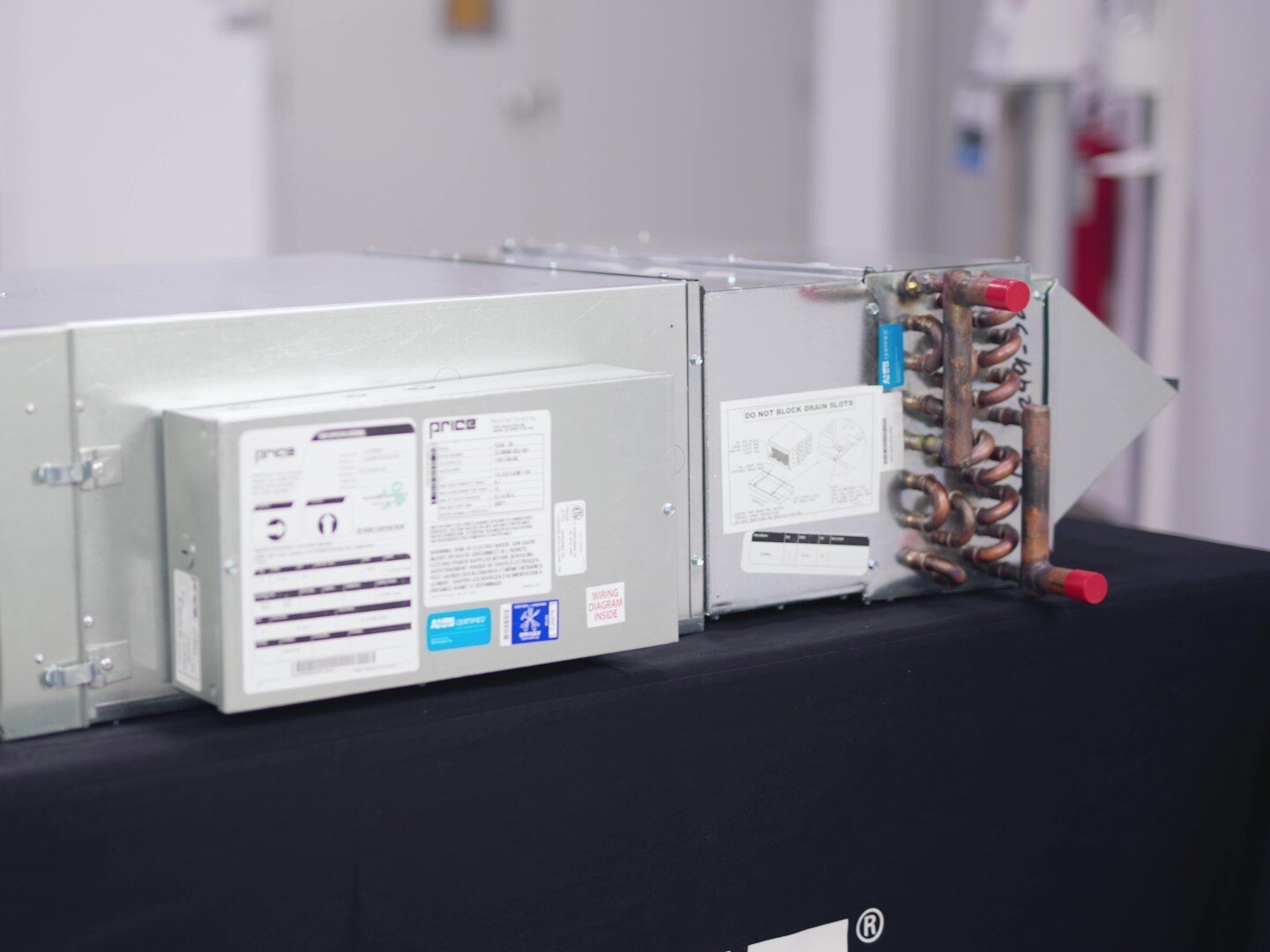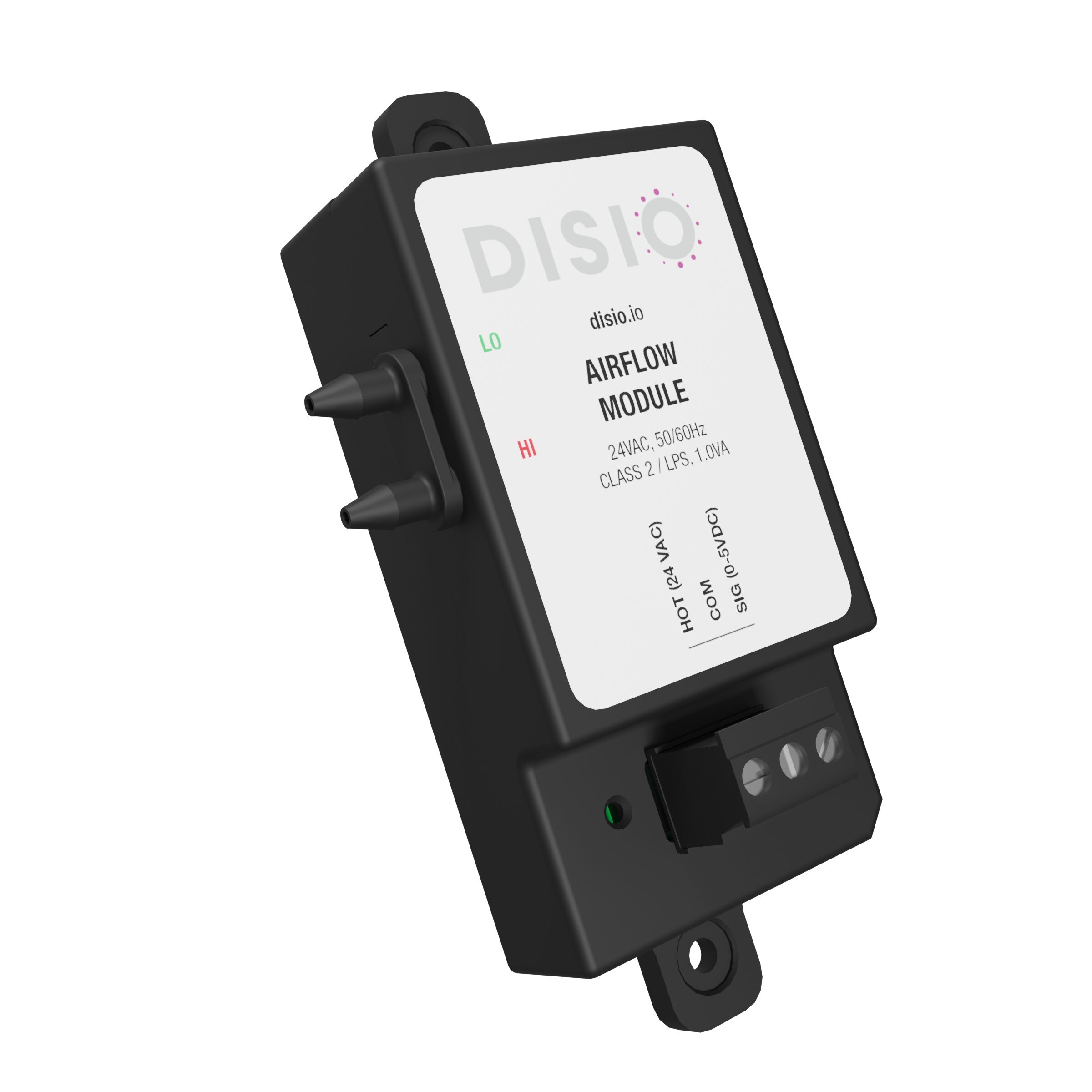Explore PriceUltrasuite.com to See Ultrasuite +Climate in Action
What if you could move through a fully functioning operating room and explore how it goes above and beyond current air distribution minimums without ever stepping foot in a hospital?
Now you can.
Read More
Topics:
Diffusers,
Fan Coils,
Controls,
Thermal Comfort,
HVAC,
Engineering,
Design Engineering,
Critical Environments,
Lighting,
ASHRAE 170
A Range of Devices for Precise Control and Simplified Installation
In the HVAC industry, an application-specific controller is a device that comes preprogrammed with a sequence of operations for the equipment it’s intended to control. This could be anything from a boiler or air handler to a rooftop unit or terminal unit.
Read More
Topics:
Terminals,
Controls,
HVAC Fundamentals,
HVAC,
Engineering
The Energy-Efficient Workhorse of Your HVAC System
Fan coil units, or FCUs, are a quiet but crucial part of many HVAC systems, helping to maintain comfortable temperatures in buildings of all sizes.
Read More
Topics:
Fan Coils,
Controls,
Thermal Comfort,
HVAC Fundamentals,
HVAC,
Engineering,
Design Engineering,
Filtration
A Look at How This Important Device Works in the HVAC Industry
In the world of HVAC, an airflow transducer is a device that converts an airflow signal into an electronic signal for a VAV controller to regulate a damper and provide airflow to a space.
Read More
Topics:
Static Pressure,
Terminals,
Controls,
Thermal Comfort,
HVAC Fundamentals,
HVAC,
Engineering,
Design Engineering,
Tech Tip
A Legacy Elevated for Comfort and Efficiency
A single-duct system is an HVAC configuration that divides a commercial building into multiple zones, each with its own temperature control. This enhances occupant comfort, ensures the zones are provided with the correct volume of outdoor air for ventilation and allows the total building to operate efficiently.
Read More
Topics:
Terminals,
Controls,
HVAC Fundamentals,
HVAC,
Engineering,
Design Engineering,
Tech Tip







